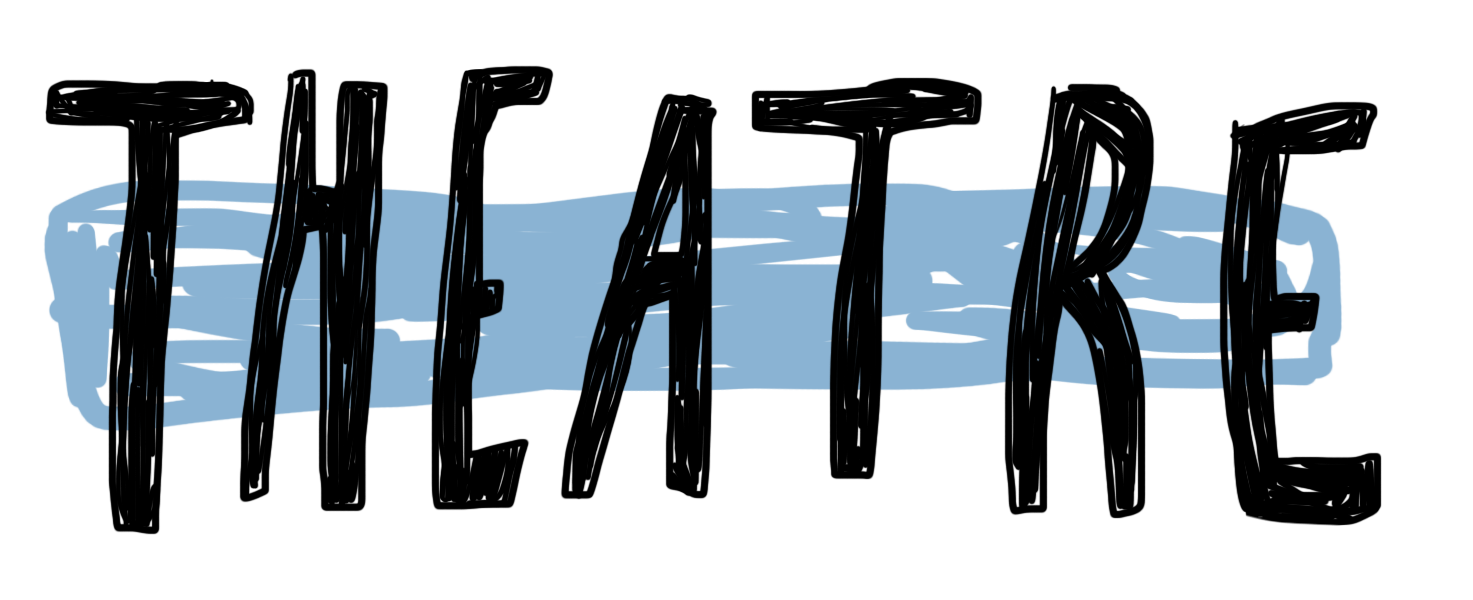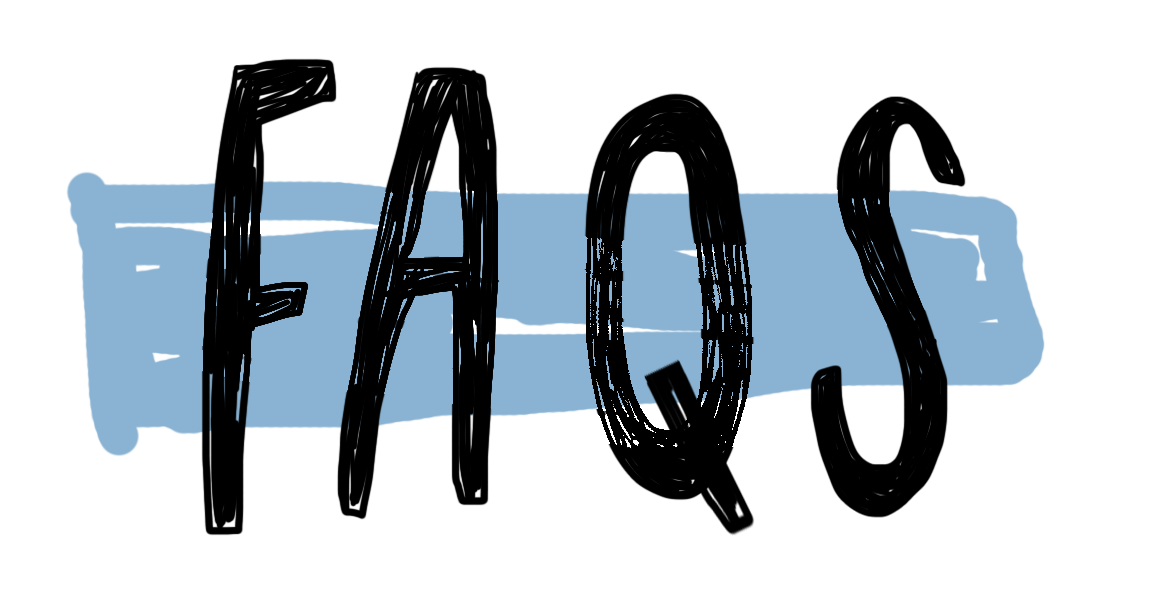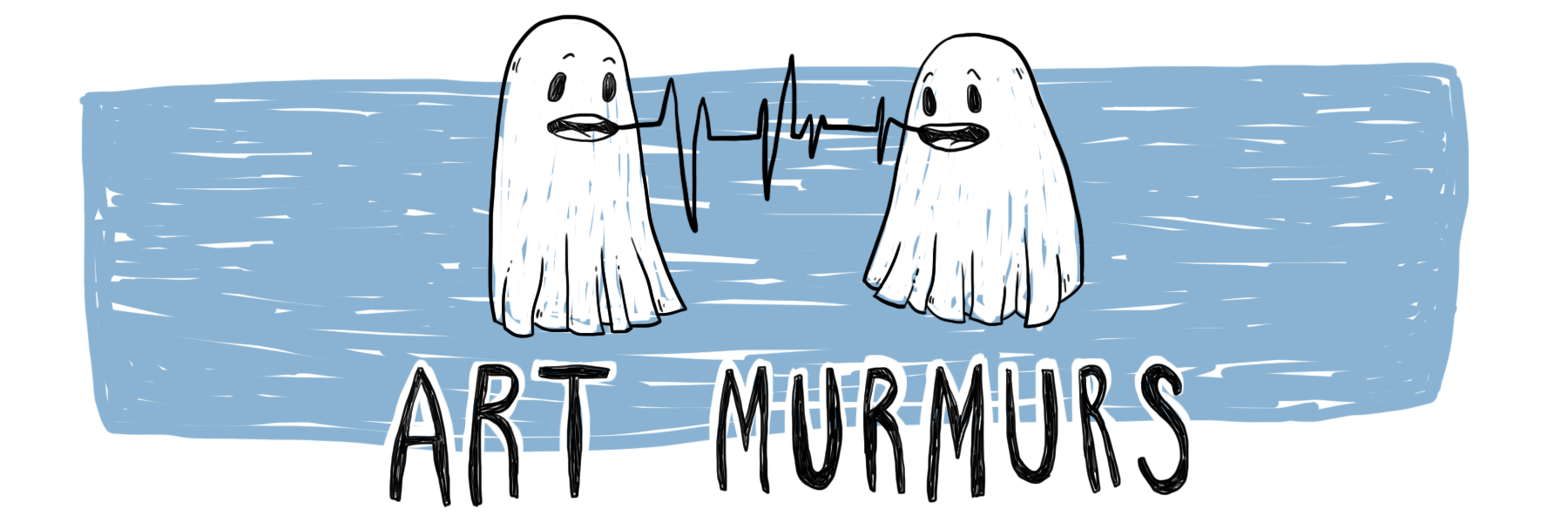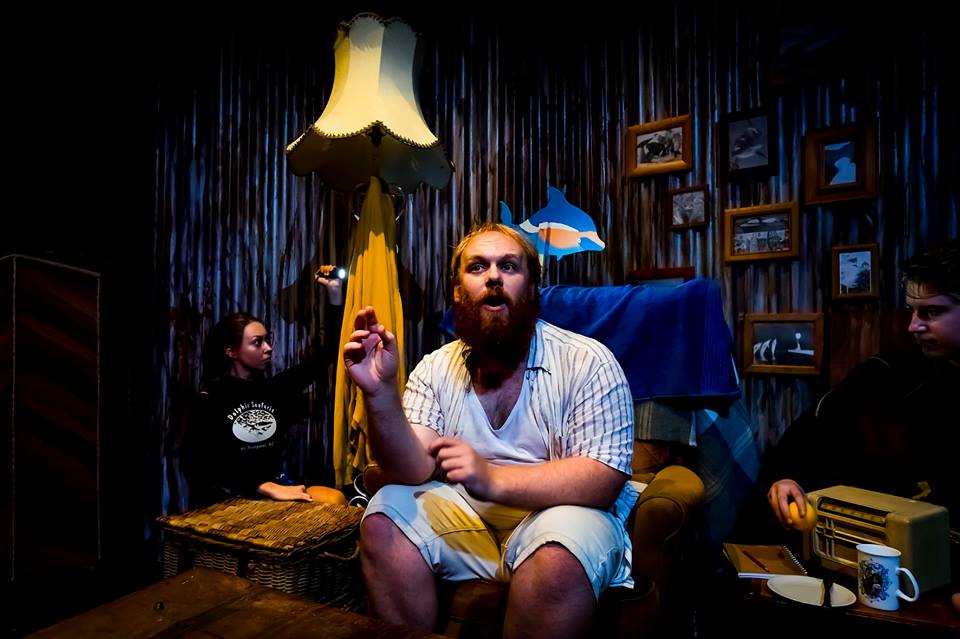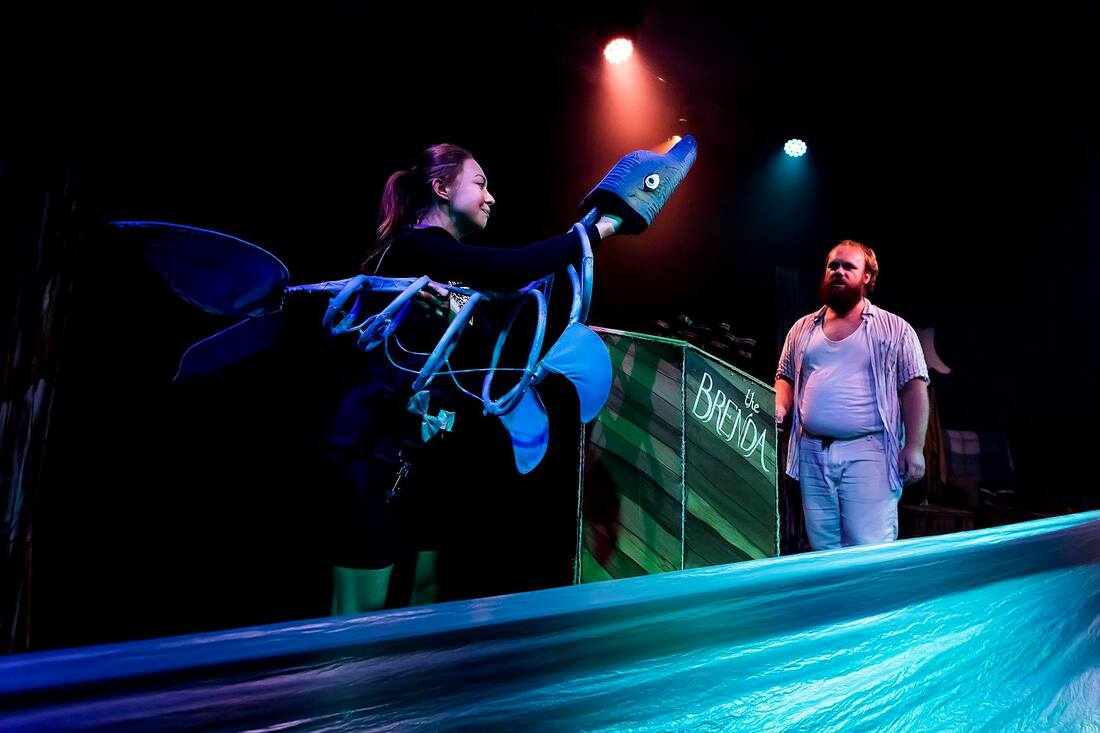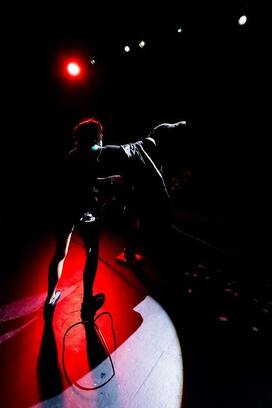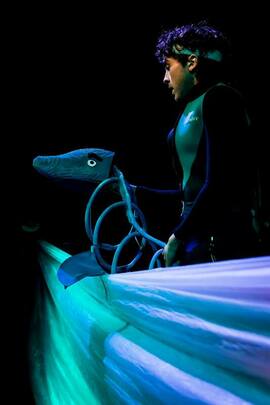Emilie Hope
Casting Liam Kelly as Frank was the absolute best theatrical choice. Kelly’s caring, and fun demeanour keep the audience engaged throughout, and shares Frank’s love of dolphins in a beautifully genuine and upbeat manner. Small fumbles due to opening night jitters were masterfully swooped up due to his improvisation background, always quickly recovering.
It was easy to find ourselves falling for the dolphins when they were such fun and sweet characters. The dolphins were an inventive and flexible use of puppetry: a blue structured face, fins and flippers but were connected with blue rings for their corps which allowed a lot of free movement. Actors Ethan Kalani Morse, Eliis Uudeküll, and Felix Crossley-Pritchard, each played more than one dolphin, Crossley-Prichard playing two (Dipper and Diver) towards the end of the show – no easy feat (or should I say “flipper”?). The dolphins’ love of performing in dreamy Marineland shone through the actors with Dipper and Diver playing with a ball (a balloon for health and safety reasons), Daphne (Uudeküll) performing the world’s biggest jump (I could feel the audience holding their breath), or Brenda (Kalani Morse) dancing around a bell and teasing us as to when she would ring it.
Stage manager Anne-Lisa Noordover and on-stage sound operator Tadhg McKay joins the ensemble in certain moments, continuing the connectedness between all bodies on stage. Everyone, bar Frank (who wore human clothes), wore a Dolphin Seafaris wetsuit a Tauranga-based dolphin tour company. All the performers were on an equal flipper, feeling as though they were part of the same play. This broke sometimes when the expressive Kalani Morse tried to soak up more spotlight than the other actors, or when the end of Crossley-Pritchard’s lines were lost, partly due to Kalani Morse’s enthusiasm for his performance. The collective has such a beautiful togetherness and presence to the story they are telling that ego sticks out like a sore fin.
Director Tabitha Arthur called for an open style which thankfully ignores the fourth wall, and Noordover and McKay particularly enforce their collective unity. The lines between performance and backstage are incorporated into the show, Noordover cleans up spills and closes curtains by swimming, while we admire the inventive Foley McKay performs weird and wonderful knick-knacks of the set, designed by Nicholas and Noordover. Even the lighting and sound designer, Isadora Lao, was given the role of the portentous Voice of Marineland.
The Voice of Marineland was animated through the reddening of the stained-glass dome above. This clever use of lighting gave us a sense of the dominating and ominous role commercialism plays in our lives and in our environment. Later in the play, the Voice of Marineland becomes embodied in a large plastic-sheet puppet with red speakerphone eyes. The symbolism of it curling and falling in on itself as Frank stands up to Marineland is clear: if only we all had the courage to stand up to the beast of commercialism.
The use of plastic in the show was an interesting choice. It was used to represent water as well as the Marineland puppet. The sound of it crinkling and shimmering imitates ocean waves. The show asks us to “sit with the sea and the dolphins that live in it.” However, in our current climate I am hyper aware that our plastic consumption is something that is now making dolphins and other marine life’s homes hostile. I hope that the puppets and other plastic props were found and not bought. While the music and dance style firmly set the play in the mid-twentieth century, our contemporary ecological woes could have been highlighted here.
Thinking Dolphins is an incredibly heartwarming piece for all ages to dive into.
Thinking Dolphins is currently showing at BATS Theatre until Saturday 16 February. It is a part of the 6 Degrees Festival, the final projects of MFA theatre students at Victoria University of Wellington. To book tickets, visit the BATS Theatre website. To find out more about the 6 Degrees Festival, visit their website.
